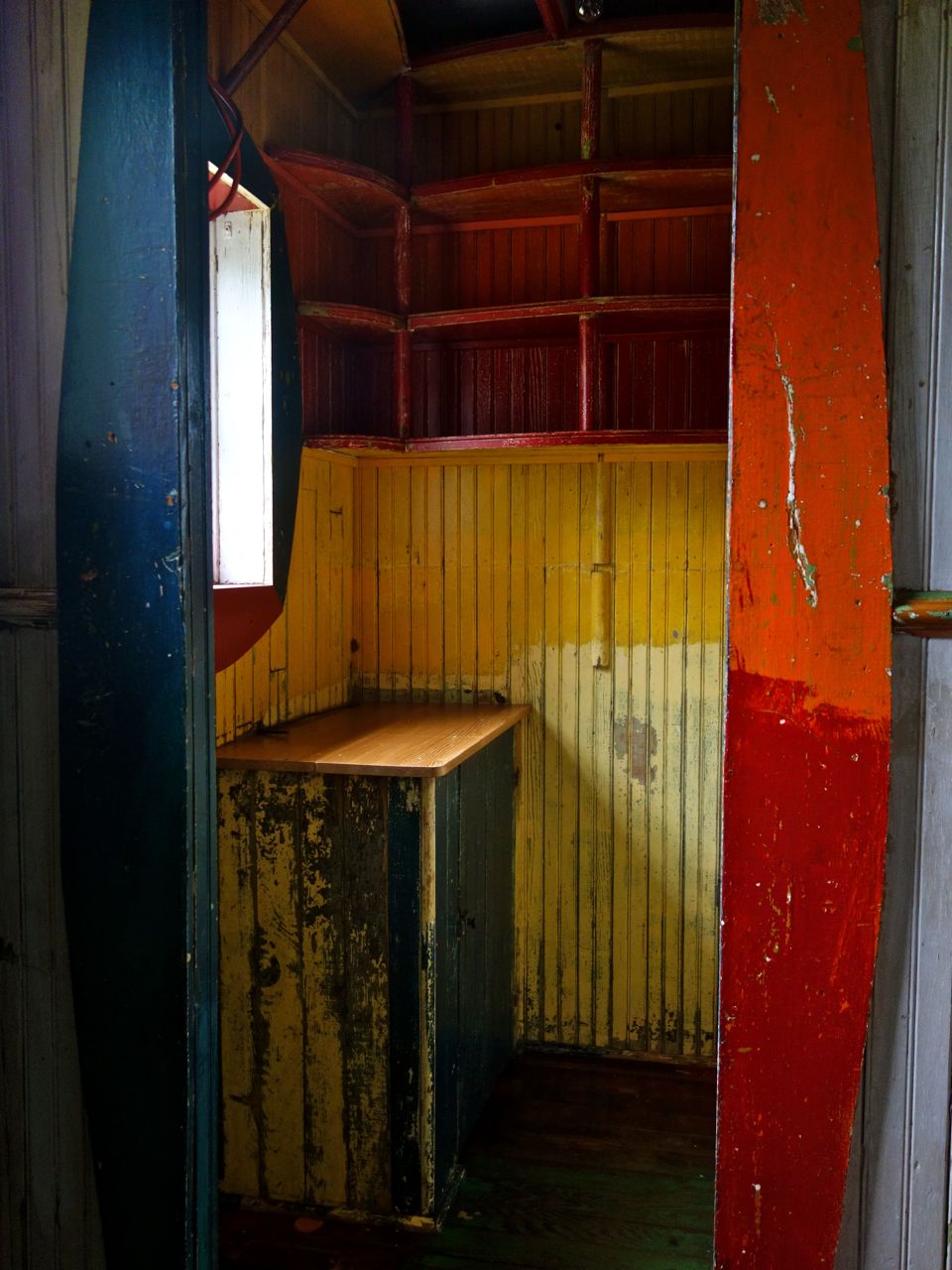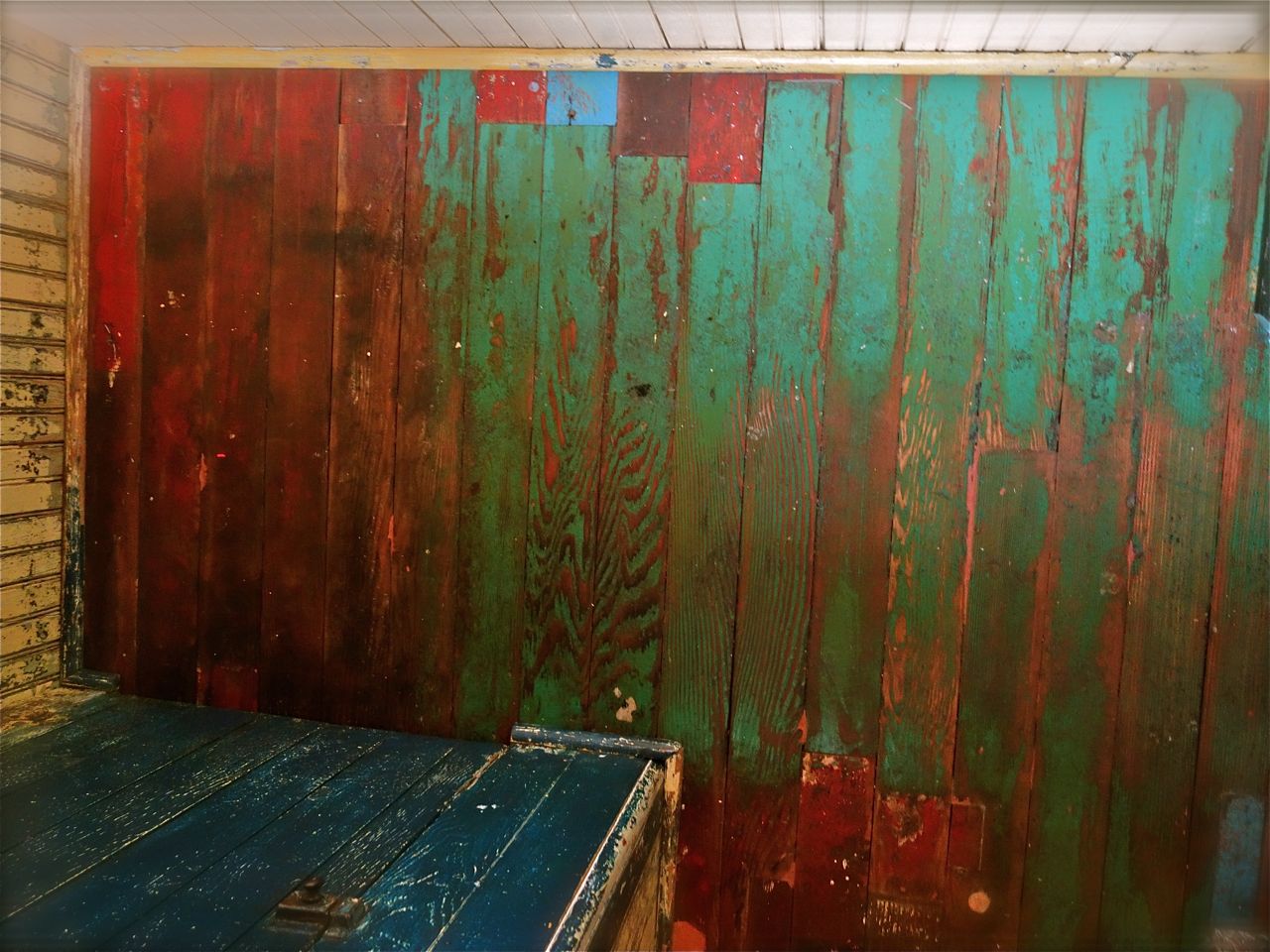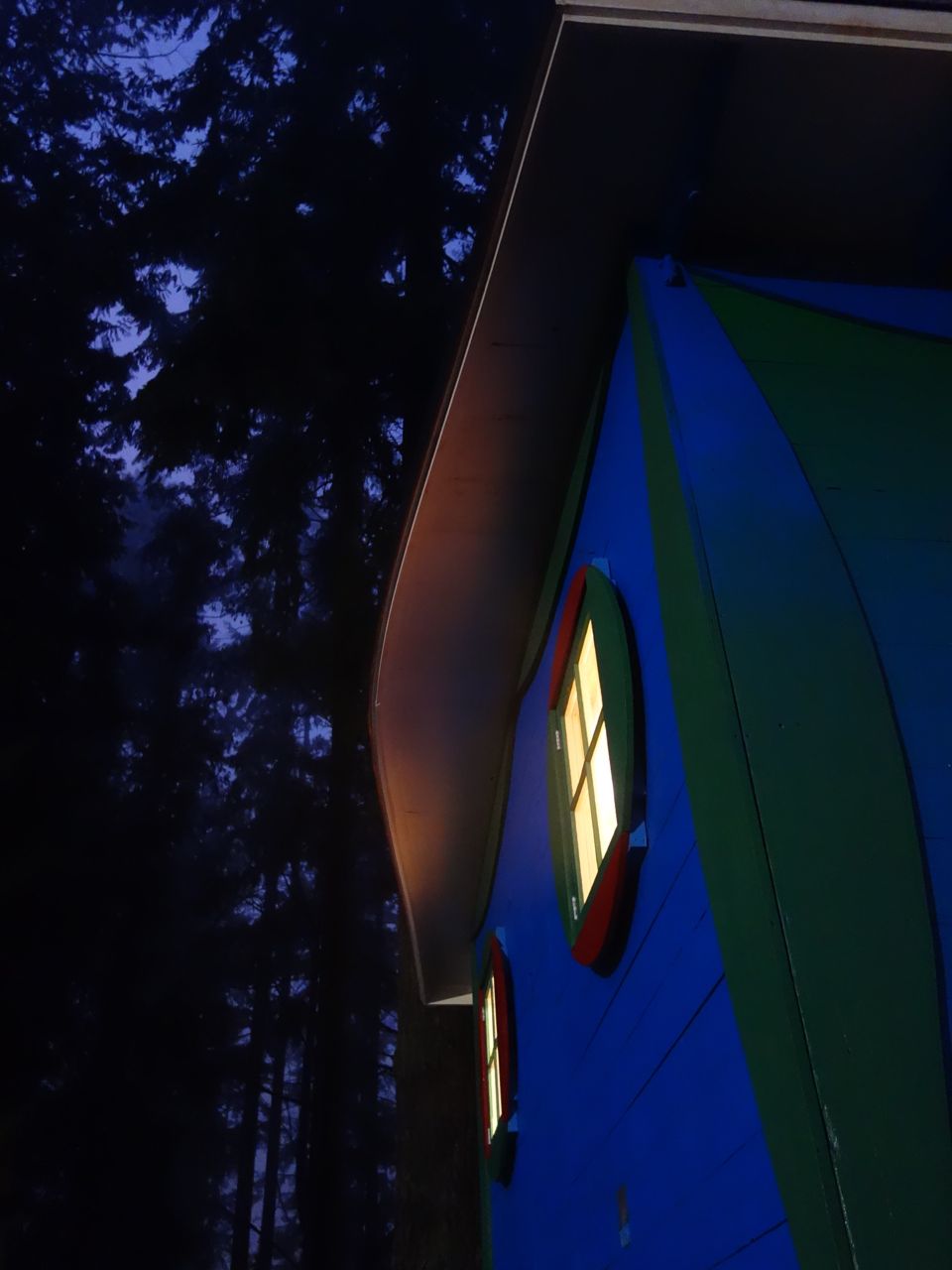For 90 years, Vancouver’s so-called Blue Cabin was an image of West Coast architecture and West Coast circumstance: a tiny squatter shack, nestled among dozens of others, constituting the foreshore neighbourhoods of the Burrard Inlet. It is metonymic of its one-time neighbours and the city’s intertidal artistic, off-grid, hippie communities as a whole: never owned, never meant to rest permanently, always adaptable.
The cabin, which moved from Coal Harbour to the Dollarton Mud Flats in the early 1930s following the economic crash, came to be an iconic, integral site of collaboration, contemplation, and experience for Vancouver’s artist community. Over the years, after its believed architect—known mysteriously as “the Norwegian”—moved out, people such as sculptor Tom Burrows, poet Malcolm Lowry, and most notably, artists Al Neil and wife Carole Itter called the cabin home.
Neil was a prolific and important multidisciplinary artist and musician, working in bricolage and lively, passionate jazz; Itter, who was awarded the Audain Prize for Lifetime Achievement in the Visual Arts in 2017, is an interdisciplinary artist, writer, and filmmaker. When Neil died in 2017 at the age of 93, his time in the mud flats with the cabin had already come to an end: two years prior, its lot was purchased by Polygon Homes. This is when a metamorphosis began.
A campaign to save the structure was established by Barbara Cole, director of Other Sights for Artist’s Projects; Glen Alteen, program director at Grunt Gallery; and Esther Rausenberg, co-artistic director of Creative Cultural Collaborations. The cabin’s fate was eventually decided: it would be restored and transformed into a floating artist residency, extending its 90-year tenure as a space of generative and meditative art practice. Jeremy and Sus Borsos, two artists based between Vancouver and Athens, were invited to remediate the structure, and in June 2017, the work began.
The Borsos duo spent around 2,300 hours at North Vancouver’s Maplewood Farm, shepherding the humble cottage into its next iteration. At first the job seemed straightforward; they sanded the floors, added insulation, repainted, and added window lintels. With architectural repurposing being a central part of their practice, however, they were careful to save evidence of the cabin’s rich history—drips of paint, European hardware, original windowpanes. In this venture to preserve and record, they discovered dozens of posters and slips of newspaper, bundled up or laid flat to make up for what the cabin lacked: level floors and airtight walls. “Underneath the spot where Al had played piano, we found a stack of music and event posters,” Jeremy recalls. Some dated back to 1927.
The discovery of the posters added archival context to the cabin—a space that managed to find a balance between city and sea, between owners, between eras. “There are leaps of time in this little cabin,” Jeremy says, adding that its potential depends on a “sensibility of experience.” Looming over the intertidal zone of the inlet, the cabin existed outside of the ebbs and flows and tensions of the city, recording the passage of time and people in layers of paint and elaborately folded newspaper scraps.
At Grunt Gallery until July 28, 2018, a diorama of the cabin can be viewed by peering through a knot hole in a board. Inside, a scale model floats in its original condition, when “the Norwegian” would have lived there and local artists had not yet made it their own; the vista is accompanied by the echoes of Neil playing Thelonious Monk. It captures the cabin’s material likeness, but also compresses the passage of time, synthesizing and representing all that it has held in its near-century of existence.
Today, as it did when it was built, the Blue Cabin represents habitable space that is contingent upon collaboration and community. The tiny structure as a site of artistic exploration will live on, atop a barge moored somewhere along Vancouver’s waterways—a space of both isolation and proximity, home to a new artist every few months. Gazing up at the city, where razed blocks yield skyscrapers, the cabin offers a valuable place for unique, experiential art practice.
Read more in design and architecture.












